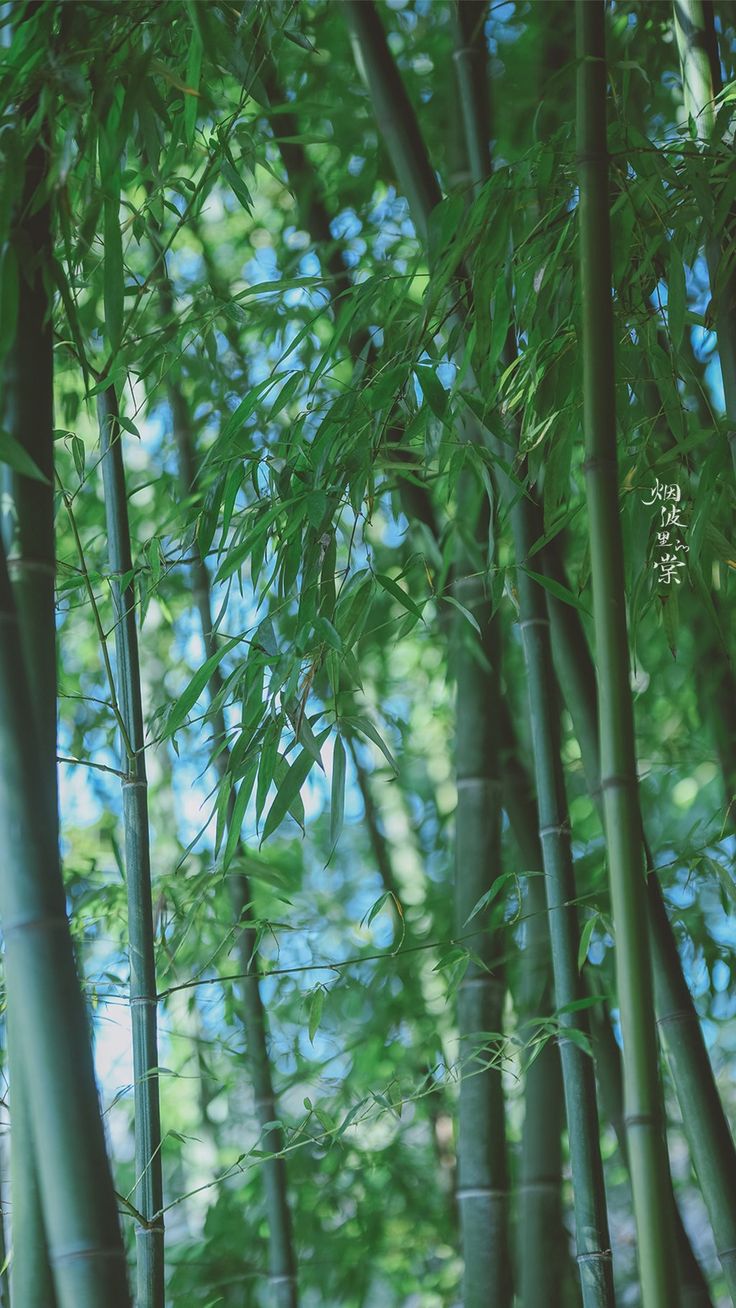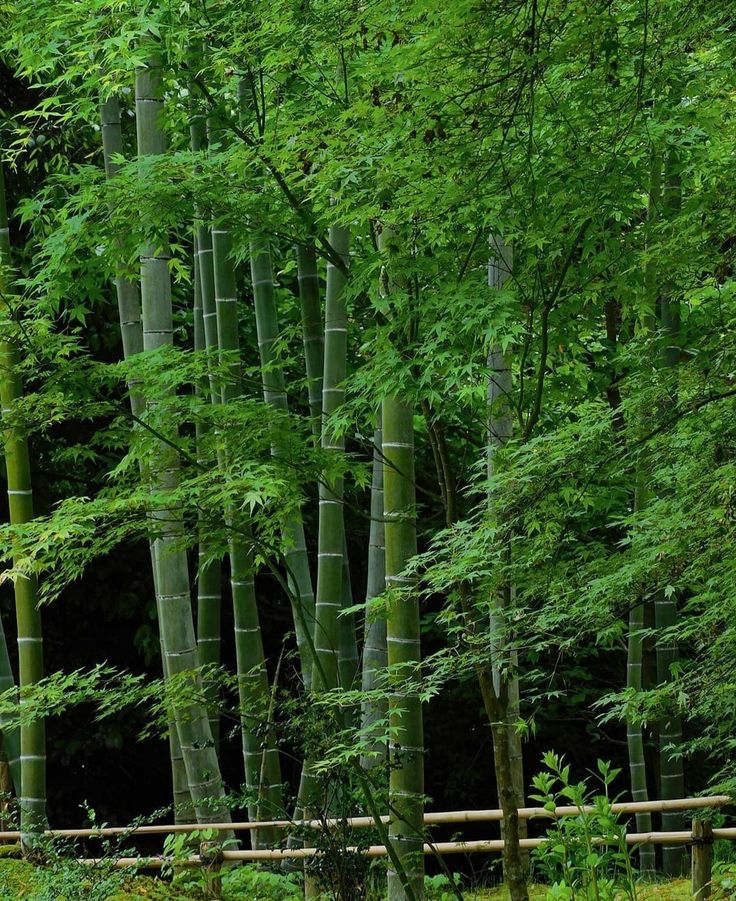Abstract: The dispute over bamboo leaf green tea is a controversy in the world of tea, the key is bamboo leaf green and green tea should be divided according to which standard. This paper discusses four aspects: historical origin, production process, taste characteristics and market performance. Through analyses and comparisons, it concludes that Bamboo Leaf Green and Green Tea should be divided separately.
1. Historical origin
Bamboo leaf green is one of China's traditional speciality green tea, produced in Qimen County, Anhui Province, with a history of 2500 years. Allegedly, the legend of bamboo leaf green tea began in the Tang Dynasty, when Lu Yu, a famous tea expert, once said in the book ‘The Classic of Tea’ that the bamboo leaf green ‘green colour and aroma of sweet and mellow, under the easy, on the tasteless’. Green tea is in the Tang and Song dynasties began to popularise the tea. At that time, green tea tea or rare items, failed to be known to the public. It was not until the Ming Dynasty that green tea became the tea consumed by ordinary people.There is a long time gap between the historical origin of bamboo leaf green and green tea, therefore, the two teas can be divided by the difference in time.

2. Production process
The production method of Bamboo Leaf Green is quite unique. Firstly, the picked fresh leaves need to be left to stand for 15 hours, and after the natural fermentation of the leaves, they will be added to the pan for stir-frying, and then the tea leaves will be put in a bamboo basket to be roasted by fire, and then when they are completely dry, they will be kneaded into strips finely. Green tea, on the other hand, requires the fresh leaves to be killed at high temperatures immediately after picking to make flat flakes. After that, the leaves are rolled by hob, fried and flattened to make green tea. From the point of view of the production process, there is a clear difference between bamboo leaf green and green tea, that is to say, you can divide these two kinds of tea through different production methods.

3、Taste characteristics
The taste characteristics of bamboo leaf green and green tea are also different. The tea broth of bamboo leaf green is clear and bright, with aromatic odour, fresh and bitter taste, and lasting sweetness. Green tea, on the other hand, because of the partial loss of active substances during greening, the tea broth is yellowish-green, with a fruity aftertaste. Taste, bamboo leaf green and green tea has a big difference, can also be divided by this aspect of the performance of these two kinds of tea.
4、Market Performance
Bamboo leaf green is a famous speciality tea in the Anhui region, while green tea has become one of the most dominant teas in China, widely spread throughout the country. In terms of market performance, bamboo leaf green and green tea have different sales methods, sales channels, and sales scale. Therefore, market performance is also an important criterion to distinguish bamboo leaf green and green tea.By combining these four analyses, it can be concluded that bamboo leaf green and green tea should be divided separately. Although bamboo leaf green is considered as a kind of green tea, in fact, there are obvious differences between bamboo leaf green and green tea in terms of history, production process, taste characteristics and market performance, therefore, they should be divided separately in the classification of tea.

After an in-depth discussion of the bamboo leaf green tea debate, we can conclude that bamboo leaf green and green tea should be classified separately. Comparing and analysing four aspects, namely, historical origin, production process, taste characteristics and market performance, we can see that there are obvious differences between these two types of tea. For example, the production process, taste characteristics and market performance of bamboo leaf green and green tea have their own characteristics, which is the essential difference between bamboo leaf green and green tea. Therefore, a reasonable division of tea types is conducive to a better understanding and selection of tea by consumers, and also helps to promote the development of the tea market.
